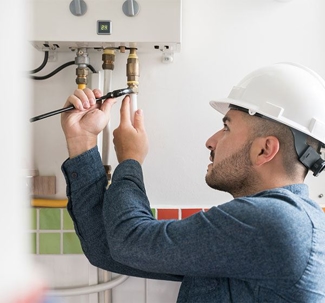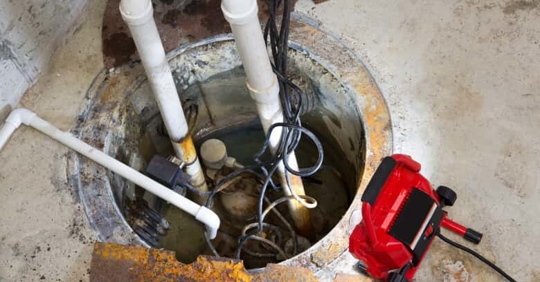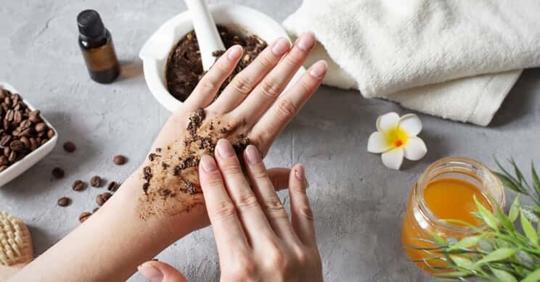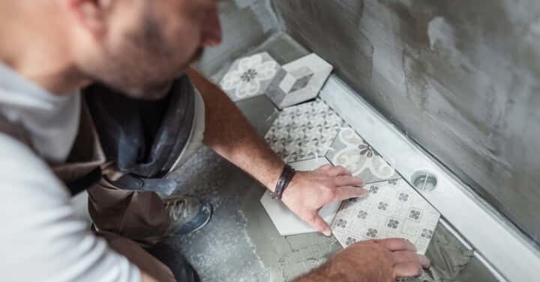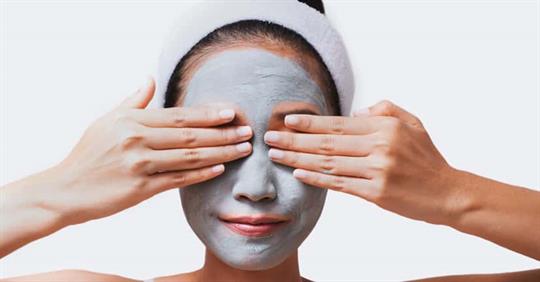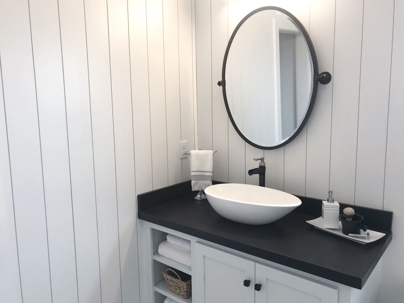Despite being in the midst of a pandemic and high rates of unemployment, the United States housing market is booming. Low interest rates have created a spike in home sales as more people switch to remote work and don’t need to worry about being close to the office. If you’re one of the many homeowners looking for more space, increasing the value of your home can be the first step to a quick sales turnaround.
Which home improvements add the most value?
According to Remodel Magazine’s 2019 report, the top ten home improvements for ROI (return on investment) are:
- Garage door replacement – 97% ROI
- Manufactured stone veneer – 94% ROI
- Minor kitchen remodel – 80% ROI
- Wood deck addition – 75% ROI
- Siding replacement – 75% ROI
- Entry door replacement – 74% ROI
- Vinyl window replacement – 73% ROI
- Grand entrance – 71% ROI
- Wood window replacement – 73% ROI
- Composite deck addition – 69% ROI
While these comprise the top ten recoups you’ll get for your investment, there are cheaper options to improve the look, feel, and value of your home to potential buyers.
Cheapest Home Improvements
Improving your home before putting it on the market doesn’t have to cost an arm and a leg! These simple improvements will help increase the value of your home.
In the Kitchen
Many prospective buyers love natural light, but if your kitchen doesn’t offer much in terms of windows, draw attention to your lighting fixtures instead! Installing new lighting (such as pendants) is a simple and inexpensive way to brighten a space and make a small room feel larger.
Fixture upgrades are a small way to increase your home’s overall value. Installing new fixtures can make your entire kitchen look newer, and adding features like an on-tap water filter or new garbage disposal will increase the value for prospective buyers who are looking for those features and want to avoid a post-sale renovation.
In the Bathroom
According to Zillow, 26% of sellers make some improvements to their bathrooms before putting their home on the market. Small, cost-effective updates can make your home more appealing to buyers.
- Water pressure. Good water pressure is a great asset to your bathroom. Make sure the water pressure is at a good level before putting your home on the market.
- Refresh the decor. Outdated tile floors and stained wallpaper don’t create an inviting atmosphere in your home. New tiles or a splash of color on the walls can give your bathroom a more modern look and feel. According to the 2018 Zillow Paint Color Analysis report, “Homes with light blue or blue-gray bathrooms sell for a $2,786 premium.”
- Recaulk instead of replacing. Renovations on a budget require creativity. If you’re not in a place where you feel you can replace the bathtub, simply deep clean and recaulk for a fresh look!
Don’t Forget the Small Repairs
Seemingly small plumbing issues can affect your home’s value, so it’s important to make sure everything in your home is in good working order before you put it on the market. Fix any hidden leaks that could lead to pest problems or water damage and schedule a sewer pipe inspection to check out the condition of your home’s plumbing before a buyer asks to do so.
Keep an eye out for these seasonal plumbing issues as you’re readying your home for the market:
Fall and Winter
Colder weather affects more than nature! Freezing temperatures cause the metal of your water heater tank and piping to expand and contract—which can lead to major problems down the line. If you’re planning to put your home on the market in fall or winter, schedule a plumbing inspection and have your plumber your home for leaking water heaters, broken water lines, or roots in your drain lines.
Spring and Summer
April showers bring…flooding in the basement? Melting snow and rain can cause flooding in your basement—have your plumber check the status of your sump pump after winter to prevent this issue.
Summer means backyard BBQs and trips to the beach. While great for making memories, you should be cautious of which food scraps you’re throwing down the drain to avoid clogging or ruining your disposal. Make sure to shake off as much sand as possible when returning from the beach to prevent slow clearing drains blocked by sand and other debris.
Get the most value for your home and sell in record time when you prepare every area of your home for resale. Contact Mallick Plumbing & Heating for any plumbing repairs, inspections, and replacements you may need to get your home on the market! Call our team at (301) 804-6759 to schedule an appointment today.


